Takht-i-Bahi
One of the last surviving ancient Buddhist sites in the region, it escaped the brunt of several Hun invasions thanks to its remote location.
During the 5th and 6th century, when the Huns of Central Asia were expanding their empire across modern day Pakistan and Afghanistan, Buddhist sites were destroyed by the hundreds. Some monasteries and temples escaped the brunt of the attack, thanks to their relatively inaccessible locations.
One of these was the Takht-i-Bahi monastery, an important Buddhist site even today. Takht, in Persian means throne, and bahi means spring, and this throne of springs is situated in the higher reaches of the Mardan province in Pakistan. Though it sustained some damage, it is among the most well preserved early Buddhist sites in the region.
It was built as a small stone monastery in the 1st century, and one of the earliest inscriptions found refers to Gondophares, the Indo-Parthian king of the time. Under the patronage of the rulers of different dynasties who followed, more structures were added to the original premises. Over the next 800 years, it developed into a large Buddhist complex, one of the most influential in the region, and it was supported by the nearby fortified town of Sahr-i-Bahlol. The town’s residents regularly carried offerings and food for the monks who lived at Takht-i-Bahi.
Despite surviving the invasions that wreaked havoc around it, the monastery saw a slow decline in the 7th century, when influence of Buddhism was on the wane, and donations to the monastery were dwindling. The monastery was abandoned by the monks, and it was only rediscovered in the second half of the 19th century.
Excavations were carried out from 1907 and hundreds of statues and sculptures were unearthed. The complex today comprises of the main court of stupas, cells where the monks meditated, meeting halls, and covered passages. Its artifacts and buildings helped shed more light on early Buddhist history as well as Pakistan’s past. It, along with the nearby ruins of Sahr-i-Bahlol, was declared a World Heritage site by UNESCO, in 1980.


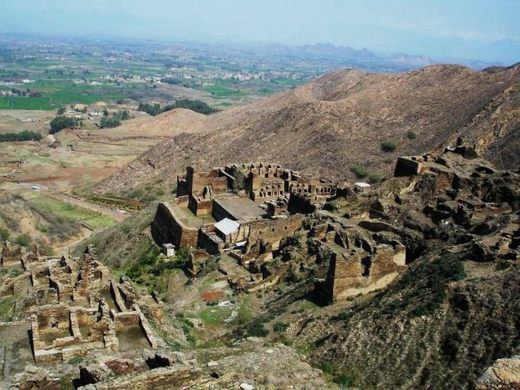
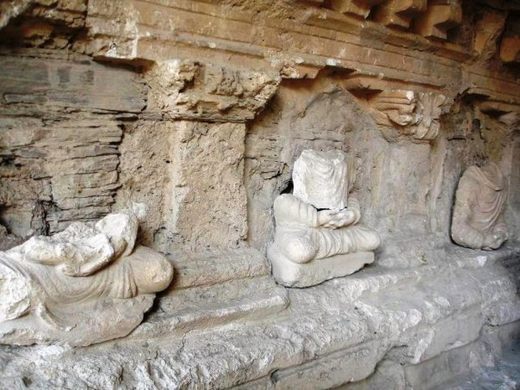

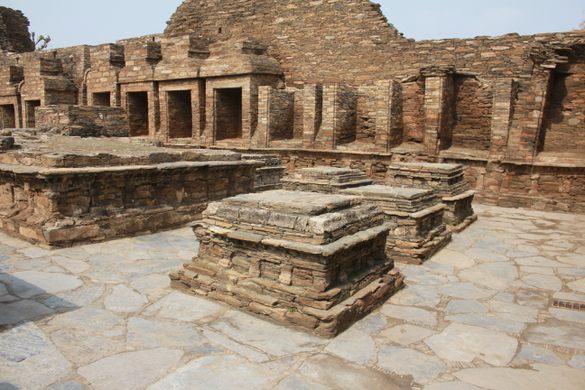






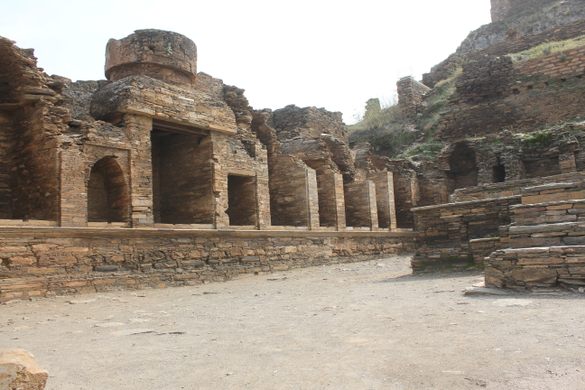


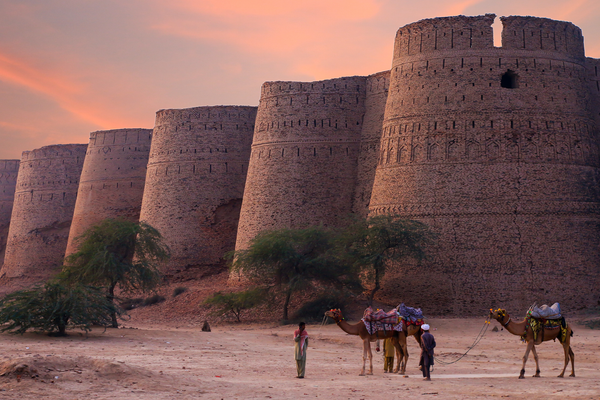







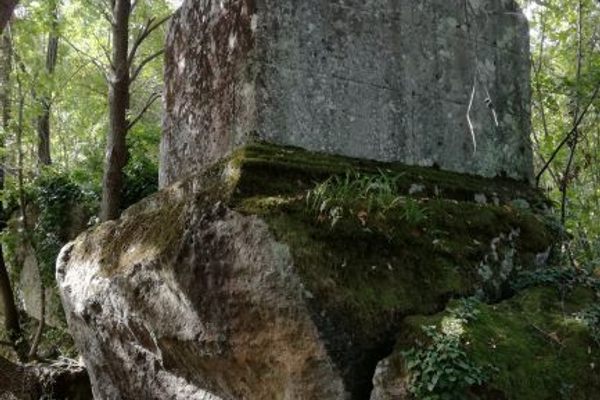



Follow us on Twitter to get the latest on the world's hidden wonders.
Like us on Facebook to get the latest on the world's hidden wonders.
Follow us on Twitter Like us on Facebook